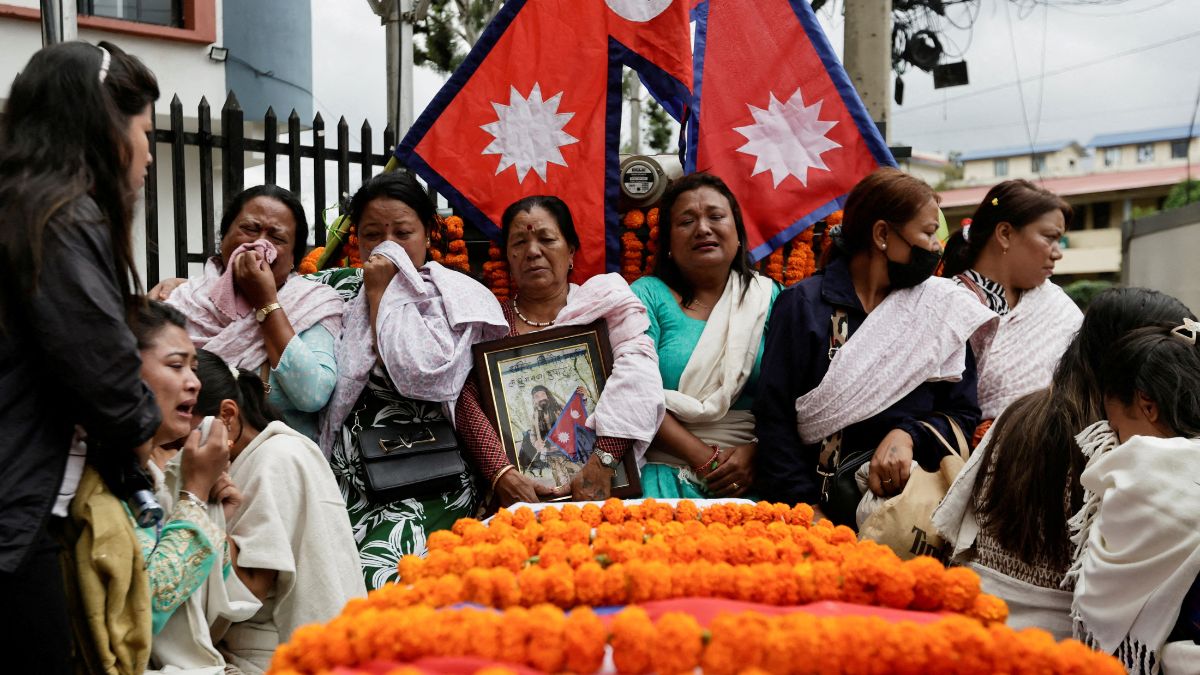Nepali police used live bullets instead of rubber bullets in the crackdown on ‘Gen Z’ protesters earlier this month, according to postmortem reports of deceased.
Kathmandu’s Maharajgunj Medical Campus of Tribhuvan University Institute of Medicine received 47 bodies for postmortem examinations and 34 of them had bullet injuries, and 33 of them had live bullet injuries and just one had rubber bullet injury bodies, a member of the forensic medicine department told Reuters.
The institute’s spokesperson later confirmed these findings, the news agency reported.
In Nepal’s youth-led protests earlier this month, at least 74 people were killed. The outrage and subsequent nationwide rampage led the collapse of then-Prime Minister KP Sharma Oli’s government. In the first two days, dozens of people were reported to have been killed in Kathmandu alone.
Out of bodies with bullet injuries, 10 were hit in the head, 18 in the chest, four in the stomach, and two in the neck, and only one person had been hit by a rubber bullet, as per the news agency.
Protesters killed by ’live bullets’ from ‘high-velocity firearms’
The postmortem exam found that these live bullet injuries were caused by ‘high-velocity firearms’, the kind of weapons only with the police and military.
High-velocity weapons are those that can typically fire projectiles at speed over 600 meters per second. Civilians don’t have access to such weapons in Nepal.
On his part, Oli in a post on Facebook on Sept. 20 said that his government had not ordered security forces to fire at protesters. Separately, Kathmandu District Office, which assists the police but is not in charge of it, told Reuters that it had no knowledge of the use of live bullets. It had previously said that the police was only authorised to use rubber bullets, water cannons, and batons for crowd control.
)